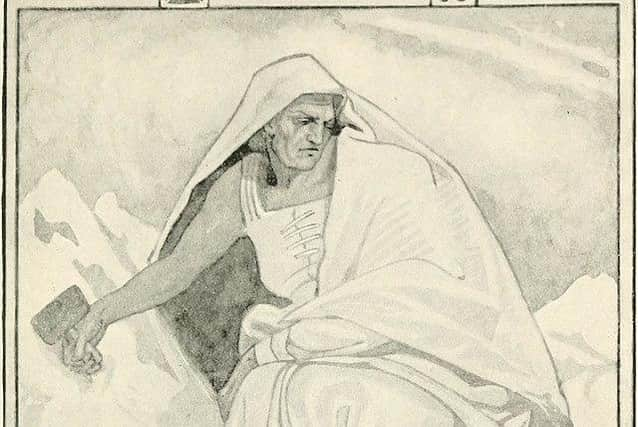Tis the season to be jolly, and we have many traditions to bring us all closer together, from sharing turkey dinners to singing Christmas songs.
Here are a few interesting Scottish traditions and festive folklore that you might, or might not, know about.

5. Winter Solstice
Neolithic Scotland would mark the winter solstice - usually around December 21-22 - with bonfires, animal sacrifice and drinking fermented drinks. The shortest day would mark the end of the encroaching darkness and the beginning of the slow return of the light. It was a time of hope and rebirth. Photo: NW

6. Vikings
When the Vikins landed in Scotland in 700 AD, they brought a lot of their Norse traditions with them, including that of Jol, a Midwinter festival. It was a time of dancing, singing and celebrating, as well as the season where trows - small, winter creatures who cause mischief, and who love fiddle music - are most active. Photo: Wiki Commons

7. First Footing
OK, so first footing is more of a New Year tradition rather than Christmas, but it's a nice one. The first person to cross the threshold of your house after midnight on Hogmanay should be a dark-haired male. He should bring with him some coal, shortbread, salt, black bun and some whisky. This is thought to date back to the Viking invasions of the 8th Century. Photo: Wikicommons

8. Public Holiday
Christmas wasn't really celebrated in Scotland for a long time, with Hogmanay receiving all the attention. In fact, it wasn't until the 1950's that it was even made into a public holiday. Photo: Wikicommons

